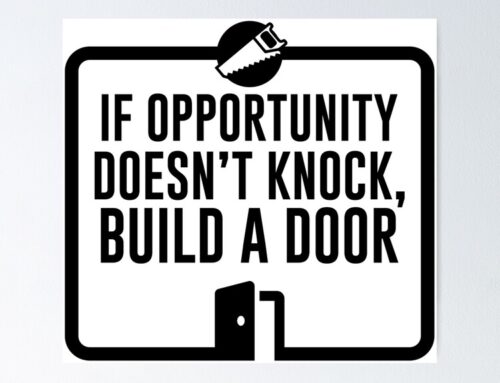
Why it is So Important to Follow
Up With Leads
Article By:
According to IRC Sales Solutions, only 2% of sales are made during the first point of contact. This means businesses stand to lose potentially 98% of their sales leads if they do not follow up.
The success of any sales rests on how well we seal deals. Success in sales means increasing the number of signups with both new and old customers thus positively affecting the business’ bottom line. The key to this is a strong follow-up plan to get prospects on board.
As the number of follow up on sales leads increase, so do the chances of a successful sale according to IRC Sales Solution. As such, only 3% of prospects will sign up on the second contact and 5% will say yes on the third try. Surprisingly enough, 80% will buy-in into the sales pitch after the fifth or twelfth contact. This highlights the importance of following up as crucial for your marketing strategy, which must not be overlooked.
Importance of Follow Up in Sales
What this means is that the frequency of contact you have with your prospects will determine how quickly they will make a purchase. Constant contact allows you to better understand your customers’ desires and then come up with ways to help them achieve them.
Regular follow up gives customers a chance to be heard and engaged with effectively. In addition, constant contact helps customers keep you in their minds when they have a need that you can fulfill. In fact, existing customers receiving follow-ups are more likely to go for new offerings than those without follow up.
What is Preventing Sales People from Sealing the Deal?
According to IRC Sales Solutions, fear of rejection, or a difficult/non-existent sales process are the primary culprits why salespeople never follow-up with prospects. A sales process helps salespeople take customers through a series of steps starting from creating awareness to finally making a purchase. It is a continuous process of engagement that helps customers reach a decision to make a purchase.
Another factor in low lead success is the lack of speedy response. IRC’s research indicates salespeople who follow up with a lead within five minutes are 9 times more likely to convert them. Between 30-50% of customers would buy from vendors that respond first.
From the company’s perspective, not having a good sales onboarding program can result in poor follow up. Good sales onboarding programs can help new sales hires become productive 3 to 4 months sooner, on average, than firms with low-performing programs.
There are a number of sales follow-up statistics that back up the fact that following up with your prospects should be integrated into your sales process. For example, at any given time, only 3% of your market is actively buying. A further 56% are not ready, while 40% are poised to begin. This means salespeople need to be persistent and keep engaging if they do not get a nod on the first try.
Studies indicate on average, 42.5% of sales reps take 10 months or longer to become productive enough to contribute to the company’s bottom line. This is after an average of 10 weeks of training and development. Most salespeople spend a third (34%) of their time actually doing sales. Their remaining time is spent on writing emails, data entries, research, scheduling and training.
This does not mean they have it easy. In fact, sales development reps average around 94.4 activities a day. These activities in return result in 14.1 of conversions, 16.7 opportunities, and 3.7 deals. The average breakdown of their communications activities includes some 32.6 emails, 35.9 phone calls. 15.3 voicemails and seven social media contacts a day.
While on the first call and if customers aren’t making a buy, salespeople will need to schedule another call before ending the call. This opens opportunities for future conversations where they can sway the customers.
To demonstrate your engagement you will need to send out a calendar invite for the next call and follow through on your pitch. This does not only mean that you call again with the same pitch. But rather come up with a tweaked offer that might be more appealing to the customers on the second try.
________________________________________________________________

206-391-5682
i2i@i2idirectmarketing.com
www.i2idirectmarketing.com
“…all deliveries GPS tracked…”




